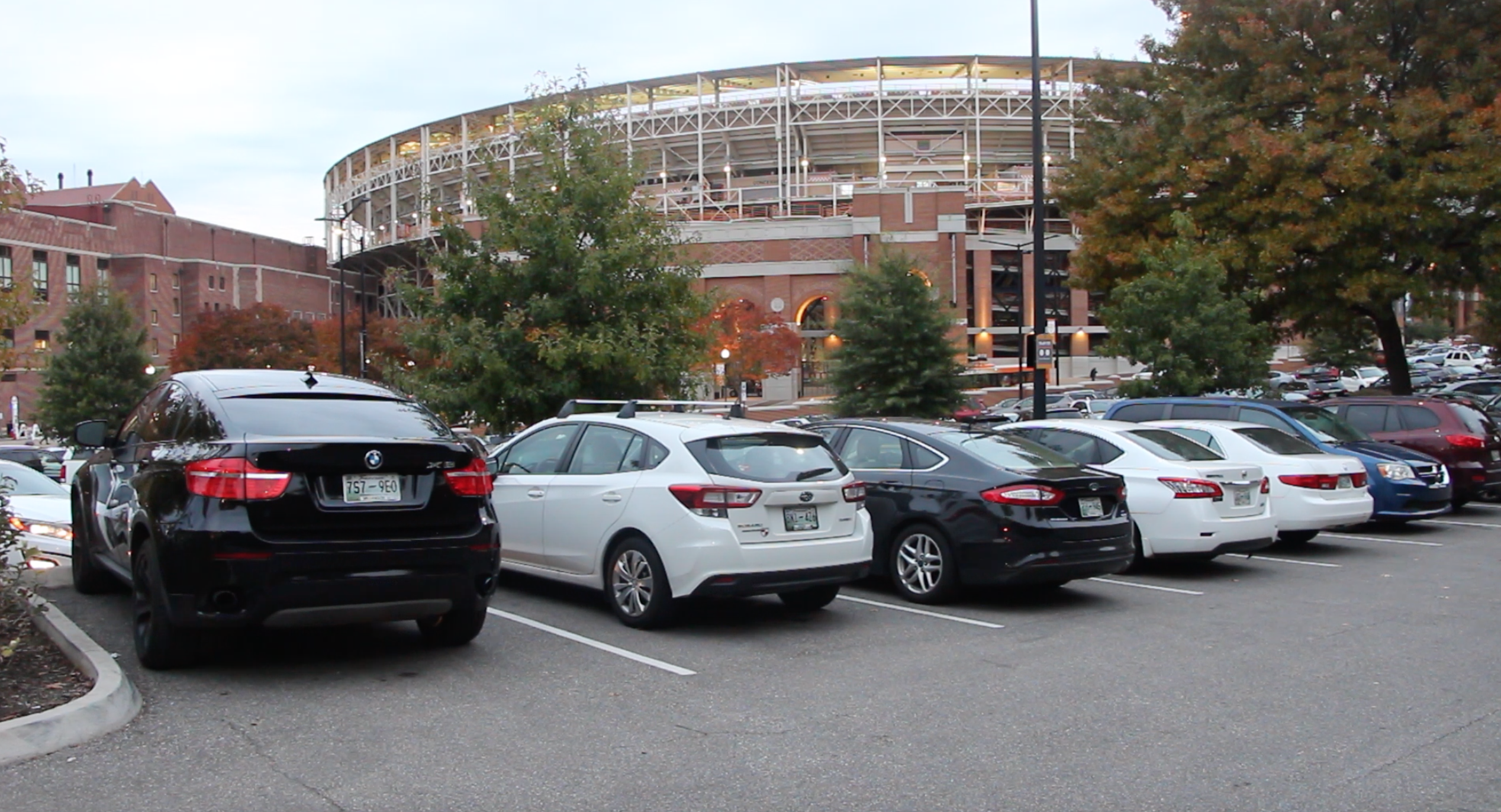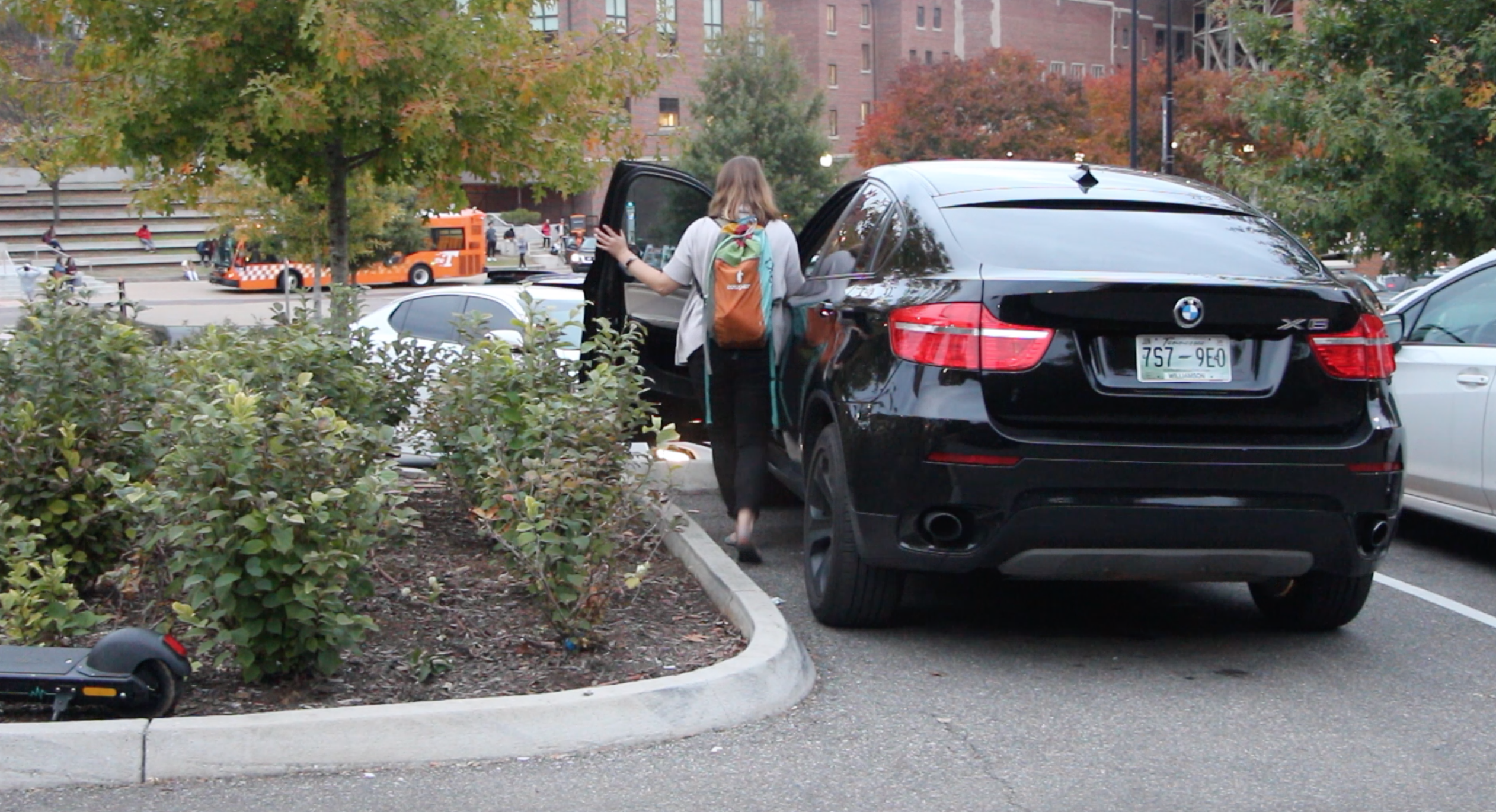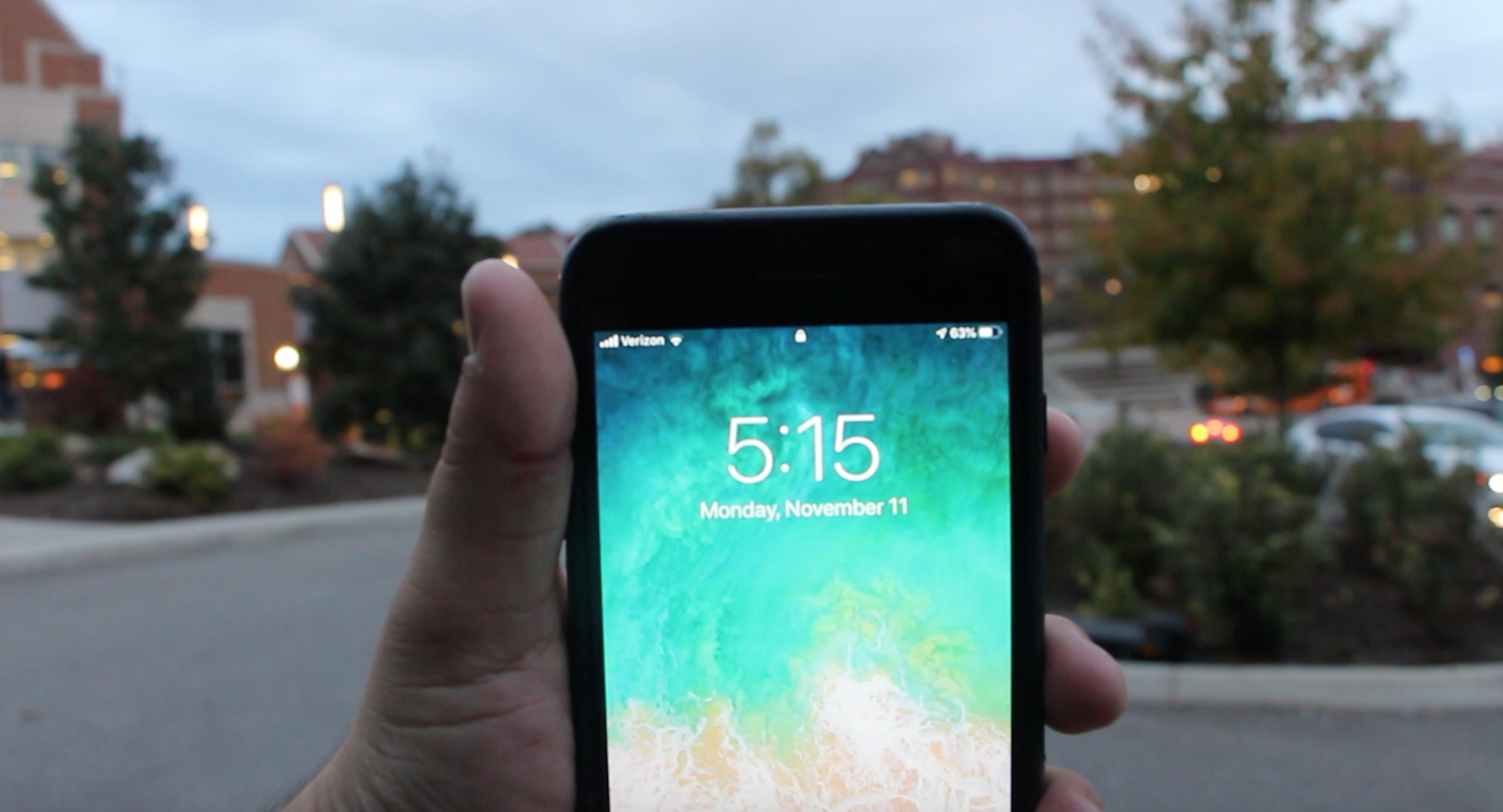What happens when there is no sunlight?
Seasonal Affective Disorder is a form of depression stemming from severe weather patterns and the absence of light.
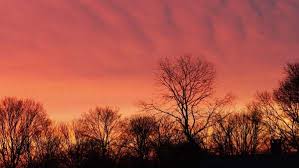
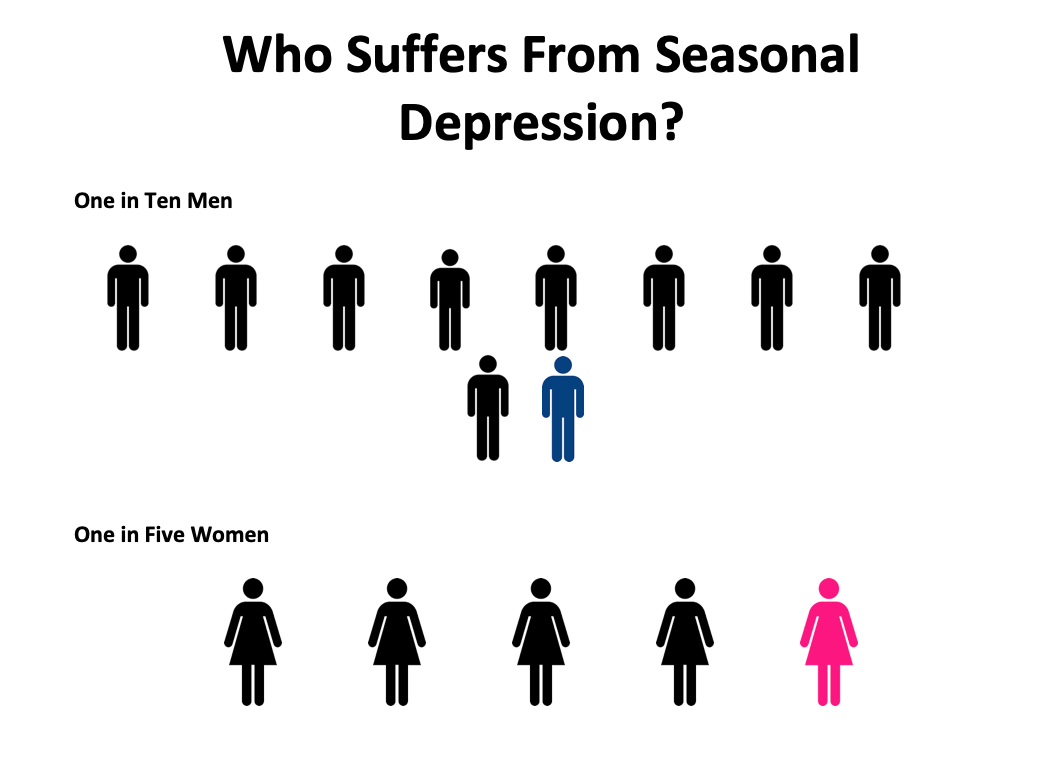
If the early snow in East Tennessee brought you down this year, you’re not alone. And the effects might far surpass the need for a warmer winter wardrobe.
Seasonal Affective Disorder comes in many forms and even names. It has been referred to as seasonal depression as well as the acronym SAD. Most people associate SAD with the number of light and dark hours in a day. But climate and climate change have changed the intensity of SAD’s effects.
Even the typically sunny Knoxville, Tennessee, sees these effects according to Ben Harrington, the CEO of the Mental Health Association of East Tennessee.
“It doesn’t matter if you live where we do or if you live in a northern state, it still matters how much sun exposure someone is going to get,” said Harrington in an interview.
SAD is partly determined by an area’s location in relation to the equator. As you get closer to the equator, there are statistically fewer signs of Seasonal Affective Disorder.
Lightness and darkness, equator location and other factors contribute to SAD but intense climate changes happening at a rapid rate have had detrimental effects on mental health in general, especially SAD.
“I think you will see more cases of Seasonal Affective Disorder because people will not be outside as often and it will be darker,” said Edy Cerone, a psychiatric nurse practitioner. “They will be less likely to get out as climate change continues because of the weather and other factors.”
As winters become harsh, those struggling with seasonal depression struggle more to cope with their disorder.
About 20% of Americans suffer from some form of mild seasonal depression symptoms and its effects, according to American Family Physician, but as the climate proves to change rapidly, trouble could be ahead for millions of people.
In Knoxville, winters are starting earlier. The first snow of 2019 on Nov. 12 proved to be one of the earliest signs of winter in the state. As these winters start earlier, coldness and darkness come with that pattern, spelling trouble for those with SAD.
“I will get anxious, really withdrawn, drop stuff, and even forget to do things,” says Kennedy Sanders, who studies at the University of Tennessee. “That is the worst part of it, I keep a really busy schedule and so when I start missing things in my calendar I know that things are not good.”
She is originally from Chattanooga but says the move here was much harder on her condition.
Sanders says although the cities aren’t far from each other,
“It’s much worse here, I will say. The weather is not super different but I have a much more solid support system back home.”
Summer months have also proved to contribute a significant amount of issues with SAD. It is sometimes referred to as “reverse SAD” according to an article by the Psychiatry Advisor.
“We don’t necessarily see the same symptoms in the dog days of summer. People get hot and bothered under the collar, angry and irritable because there just is no relief from the incredibly hot weather,” said Harrington.
Could our body clocks be helped by our perceptions of time? Our bodies function on an internal clock known as circadian rhythm so when the clocks get set-back for daylight savings time, it can really throw people off.
“Life would be simpler if it was all one, time zone and we didn’t have to mess around. And if we didn’t have daylight savings, it would be simpler. If we could fix daylight savings we would be able to get enough of the sleep that we need,” said Harrington.
States such as Arizona and Hawaii have ended Daylight Savings Time as a whole. In addition, there are about 25 more states working on legislation to make DST gone for good. It is this time change that is throwing people off and causing mental health to suffer.
Seasonal Depression cannot be avoided, but there are a couple of things you can do at home to make the condition easier to deal with.
Those who suffer from SAD can do a couple things to make it better. Light therapy is a major treatment. Being able to sit in front of a light known as a “happy light” can reduce symptoms immensely. In addition, those suffering from the disorder can also take medication, partake in psychotherapy and make sure to get their vitamin D, according to the National Institute of Mental Health.
“I am in therapy, I have been in therapy for the past two years. I go every week and I love it, it is the best part of my week. I go to EMDR therapy (Eye movement desensitization and reprocessing) which is specialty for trauma but when winter months come along my therapist knows things might be going on differently and that they might be able to be attributed to seasonal affective,” said Sanders.
More and more individuals are beginning to notice and accept the fact that Seasonal Affective Disorder is actually more common than one may think according to Ben Harrington. He explains how when months of dark come around, on average one and every ten men and about one and every five women should be feeling the effects of Seasonal Affective Disorder.
He goes on to explain that people must get outside and make sure to expose themselves to light rather than be cooped up in the house.
Those struggling with SAD should make sure to get plenty of sun and open up to those around them.
